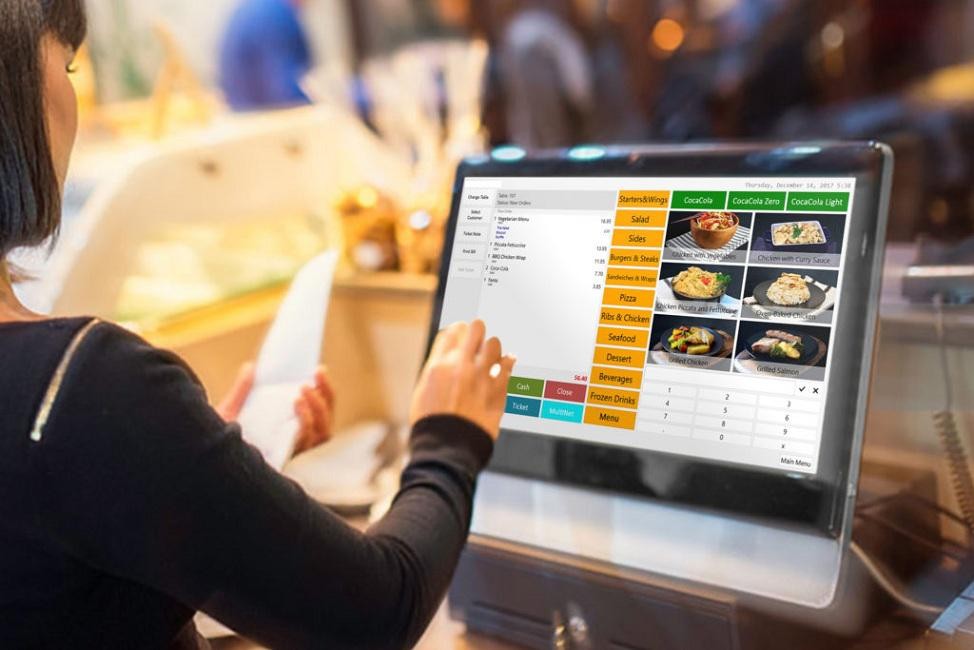Reduce Operational Costs with a POS System

Running a retail or wholesale business is all about maintaining the right balance between quality service and profitability. One of the most overlooked yet powerful ways to increase profit margins is by reducing operational costs—and one of the smartest tools to help with that is a POS (Point of Sale) system.
Many business owners think of POS systems as simply a tool for processing payments. But a well-implemented POS system does so much more. It acts as the brain of your business—helping you save time, reduce waste, prevent errors, and cut down unnecessary expenses.
Here’s how a POS system can help significantly reduce operational costs in your business.
1. Automated Inventory Management
Manually tracking inventory is not only time-consuming but also prone to errors like overstocking, understocking, and shrinkage. With a POS system, inventory updates happen in real-time every time a sale is made.
This means you can:
- Automatically reorder stock when levels drop
- Avoid over-purchasing slow-moving items
- Detect discrepancies and reduce theft or loss
By having better control over your stock, you reduce waste and make smarter purchasing decisions—directly lowering your operating costs.
2. Fewer Human Errors at Checkout
Manual billing and handwritten receipts can lead to pricing mistakes, missed discounts, or incorrect totals—all of which cost you money. A POS system automates billing, taxes, and discounts, ensuring accuracy every time.
Benefits include:
- Accurate transactions and pricing
- Proper application of promotions
- Fewer returns and customer disputes
Less time spent correcting mistakes means more productivity and fewer financial losses.
3. Improved Staff Productivity
A POS system helps your staff work faster and smarter. With easy-to-use interfaces, barcode scanning, and quick-access menus, employees spend less time on each task.
This allows you to:
- Serve more customers in less time
- Reduce the need for extra staff during peak hours
- Train new employees faster with intuitive POS software
When your team is more efficient, you save money on labor costs without compromising on service quality.
4. Smarter Sales & Business Insights
POS systems generate detailed sales reports, helping you identify which products are selling, when peak hours occur, and which promotions work best.
With this data, you can:
- Focus on high-margin or best-selling products
- Cut down on slow-moving or non-performing items
- Schedule staff based on traffic trends, not guesswork
Making data-driven decisions keeps your business lean and profitable by trimming unnecessary expenses and maximizing ROI.
5. Reduced Paperwork and Manual Work
POS systems can automate many back-office operations, such as:
- Generating invoices and digital receipts
- Managing supplier orders
- Syncing with accounting software
By reducing the need for manual paperwork, you save on printing costs, office supplies, and hours of administrative labor.
6. Multi-Store and Remote Management
If you manage multiple outlets or warehouses, a cloud-based POS system allows you to control everything from a central dashboard.
You can:
- Monitor sales, inventory, and staff activity remotely
- Set pricing and promotions across all branches at once
- Avoid travel and micromanagement costs
This level of centralization reduces operational complexity and the overhead associated with managing multiple locations manually.
7. Integrated Loyalty and Marketing Tools
A good POS system can help reduce your marketing spend by targeting the right customers with loyalty programs, discounts, and promotions that are automatically tracked.
Rather than investing heavily in broad campaigns, you can:
- Reward repeat customers directly through the POS
- Offer personalized deals that increase sales
- Reduce customer churn and increase retention
This targeted approach reduces wasted marketing spend and boosts customer lifetime value.
Final Thoughts
Every dollar saved in operations is a dollar added to profit. Investing in a powerful POS system not only improves efficiency—it helps you cut unnecessary expenses, prevent losses, and operate more strategically.






